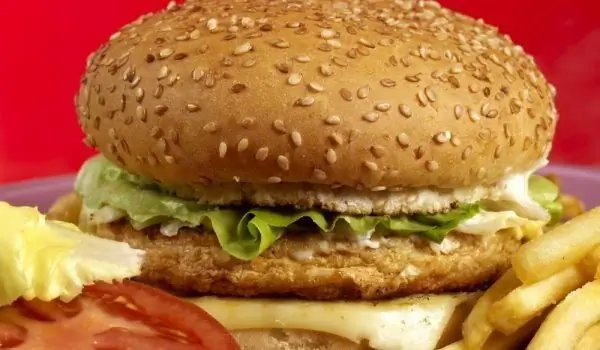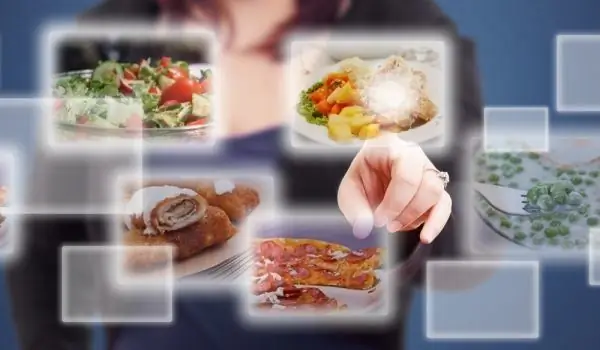2025 Author: Jasmine Walkman | [email protected]. Last modified: 2025-01-23 10:18
Vertical agriculture - This is the only future for the world's population. The population is growing on a large scale, and the trend shows that there will be no change in the next few decades. The human population will reach 11 billion by 2100, and the biggest problem facing humanity will soon be nutrition.
The fact is that today about 80% of agricultural land is already used. The more the population grows, the more food will have to be produced. However, there will be no space very soon. Part of the right decision is the way we look at our food. Vertical agriculture - this is the new fashion in growing crops that will help us in this regard.
The new method will make farming more efficient and productive per unit area. One of the unique examples in this regard is the startup Urban Crops. There, specialists use a mix of techniques for home farming and hydroponics. Their base is located in Waregem, eastern Belgium.
The plants in the unique laboratory are grown under purple light supplied by LED lamps. It comes from red and blue lamps. They have been proven to provide optimal conditions for growth. Each plant receives its nutrients through a hydroponic system. It supplies them with water enriched with special minerals and nutrients.
The system is truly unique. It is able to turn 50 m2 into 500 m2 of usable agricultural area. The 30 m2 facility can produce 220 lettuces per day, using only 5% of the water needed in traditional agriculture.
More and more companies are investing in this real farming revolution. The largest such farm is located in Newark, New Jersey. Salads are produced there, which require 139,931 m2.
A Swedish project wants to improve this record. Two American companies have the idea to create a 16-storey plant skyscraper in Linköping, Sweden. The Massachusetts Institute of Technology announced that they are working on a project that will lead vertical agriculture to supermarkets. Thus, they will have the opportunity to offer fresh vegetables on a daily basis.
Recommended:
Artificial Foods - Foods Of The Future?

The first artificial burger was presented and eaten at a demonstration in London. The meatball is made from artificial meat, composed of laboratory-grown stem cells. The project leader, physiologist Mark Post, said that in order to give the synthetic meat a normal look, it was colored with food coloring.
Food Of The Future - Cassava

The cassava shrub is native to South America and is distributed in the tropics and Thailand. It is used to make the popular tapioca, which feeds 1/3 of Africa. Cassava is a plant that requires minimal care for rich harvests. Starch, extremely rich in calories, is extracted from the tubers and roots.
They Discovered The Food Of The Future

Many scientists, biologists, geneticists, thinkers and philosophers are wondering how to deal with the growing problem of world hunger. Due to the depletion of resources and the change and change of meteorological conditions, the world powers began attempts to cultivate food and many types of production, which led only to the further destruction of the ecosystem and the creation of harmful GMO foods .
Meat In A Test Tube - The Food Of The Future

Scientists predict that by 2050 there will be 9.6 billion people on earth and most likely food shortages. That's why they set out to find an alternative to our current food. Powdered food, jellyfish dishes, insects, algae, laboratory meat, faecal water, food patch - these are just some of the options.
Jellyfish Are The Food Of The Future! That's Why

Jellyfish can be the food that will save humanity from starvation in the near future. Their number has been growing so much lately that it offers people an unusual solution to the food problem. Jellyfish in the Mediterranean have reached particularly high levels.

